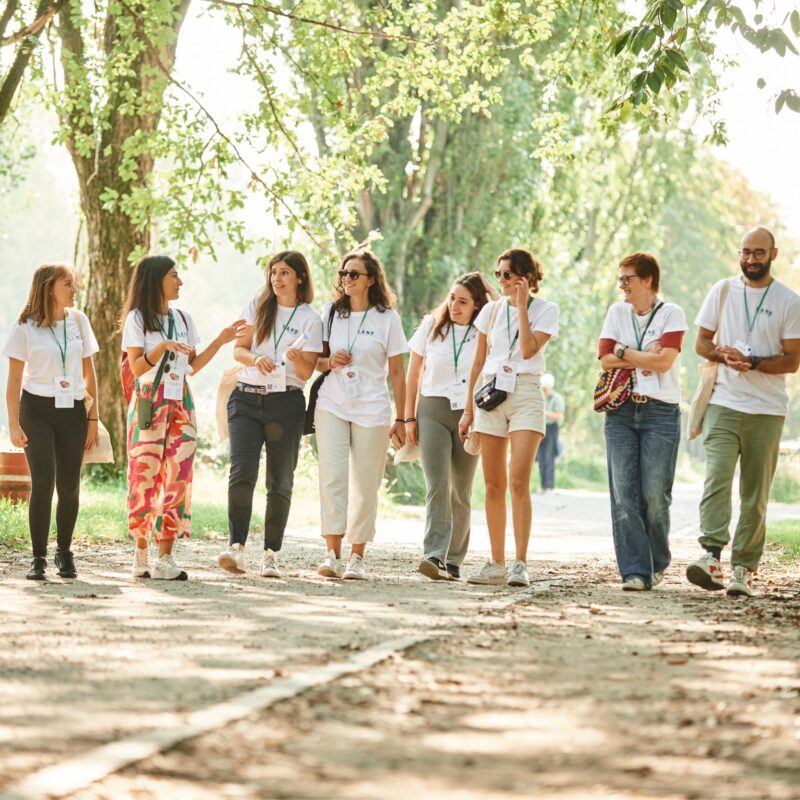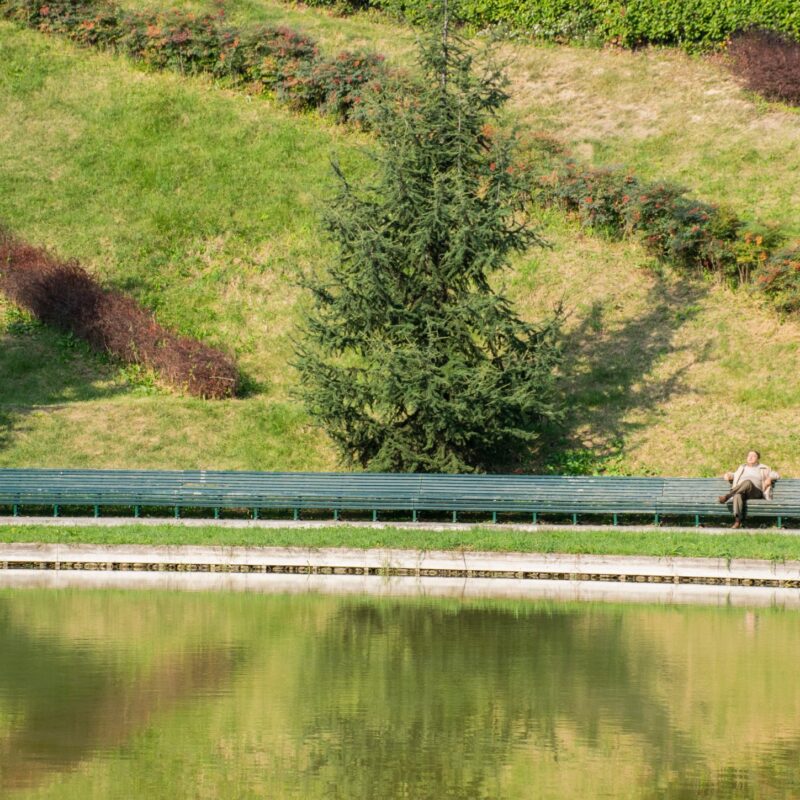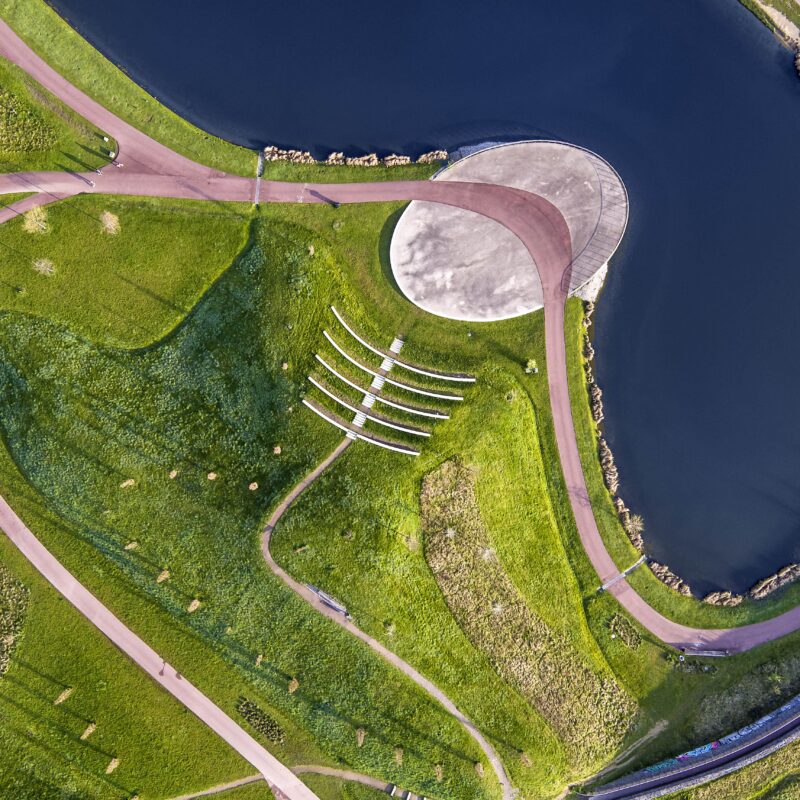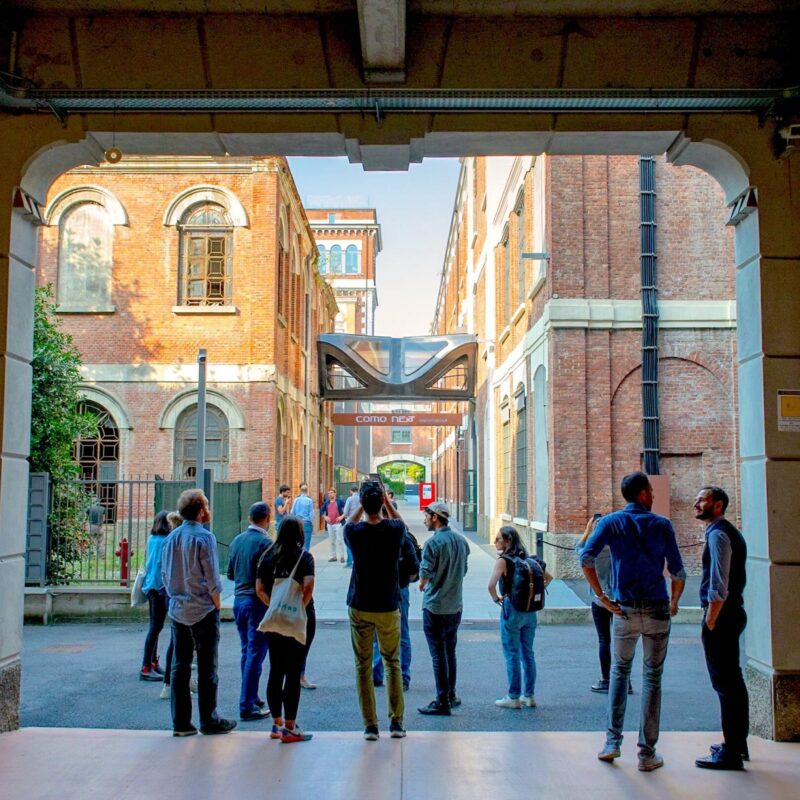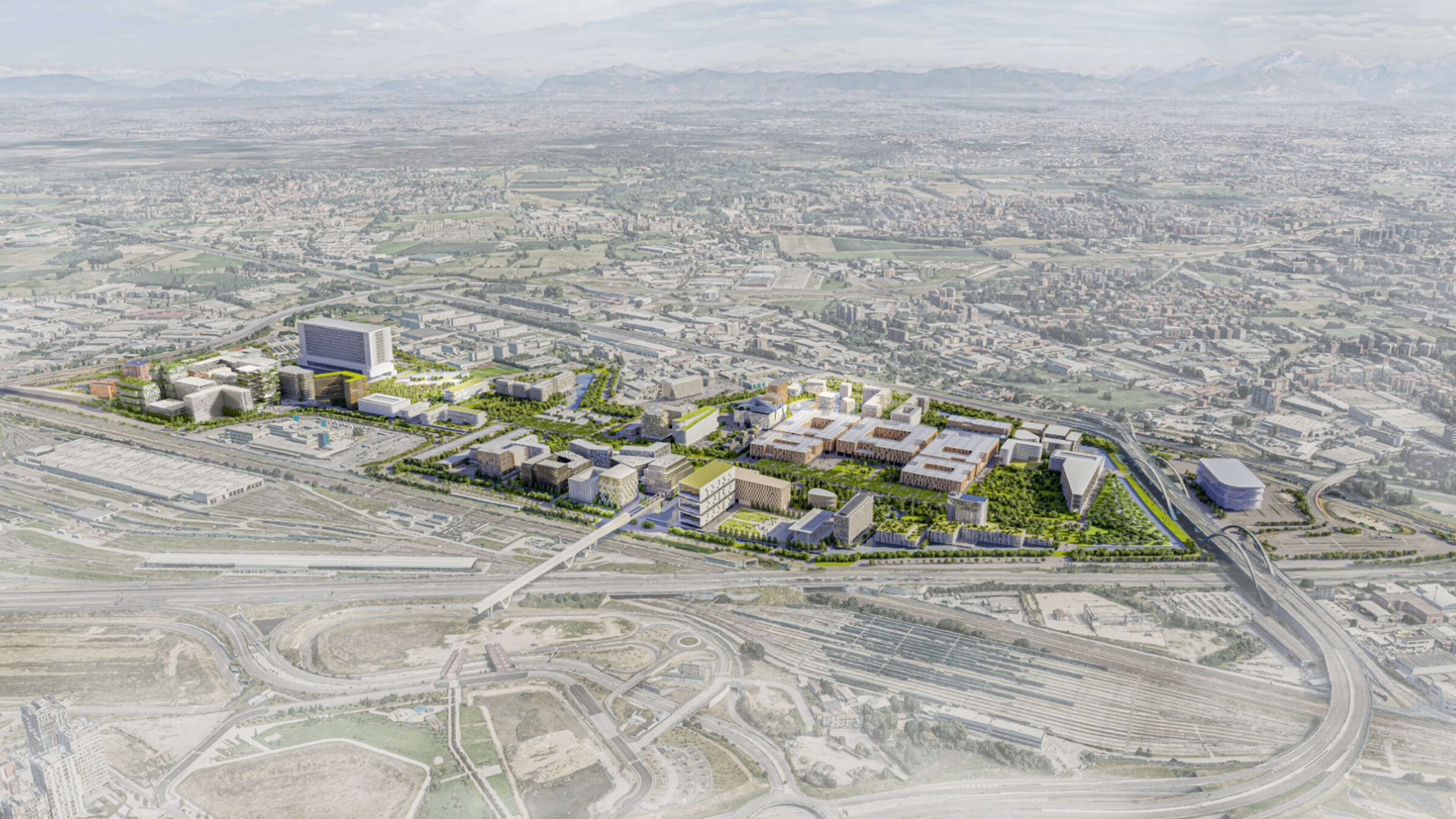
MIND Innovation District, Milan
Italy
Today more than ever, people need social interaction, daily physical movement, the presence of nature and an healthy environment: this is why the vision for MIND is to define an ecosystem based on science, innovation and well-being by bringing together education, research, creativity, commercial and cultural activities in order to contribute to the social, cultural and economical growth.
Today more than ever, people need social interaction, daily physical movement, the presence of nature and an healthy environment: this is why the vision for MIND is to define an ecosystem based on science, innovation and well-being by bringing together education, research, creativity, commercial and cultural activities in order to contribute to the social, cultural and economical growth.
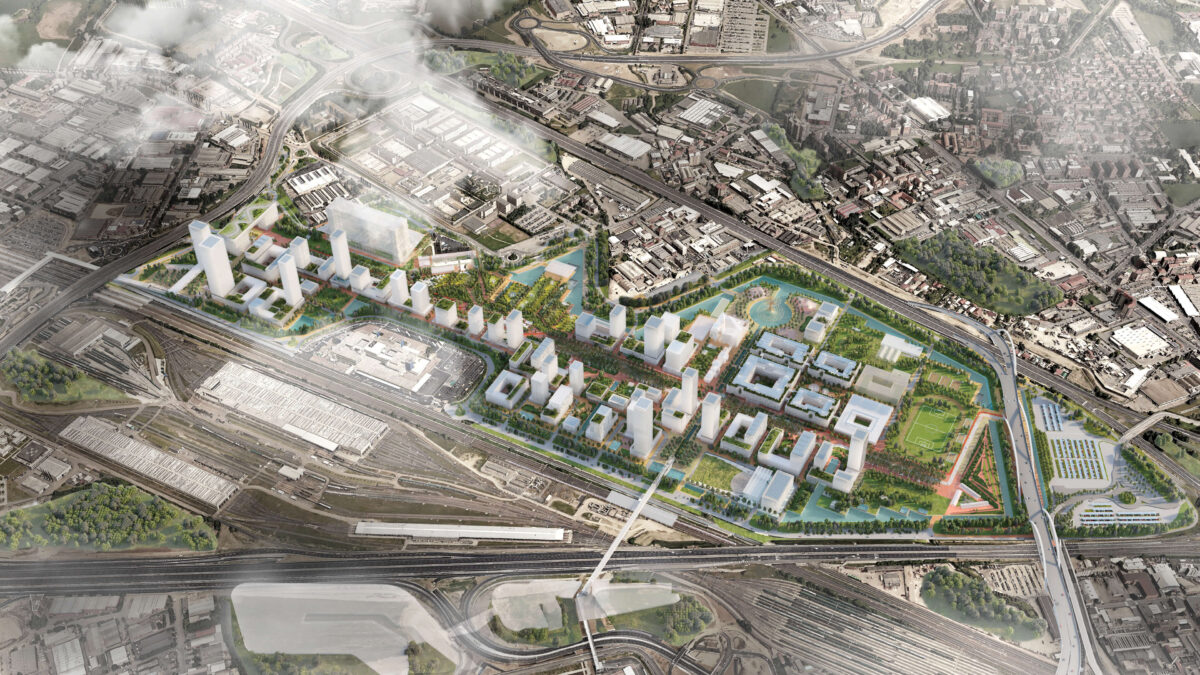
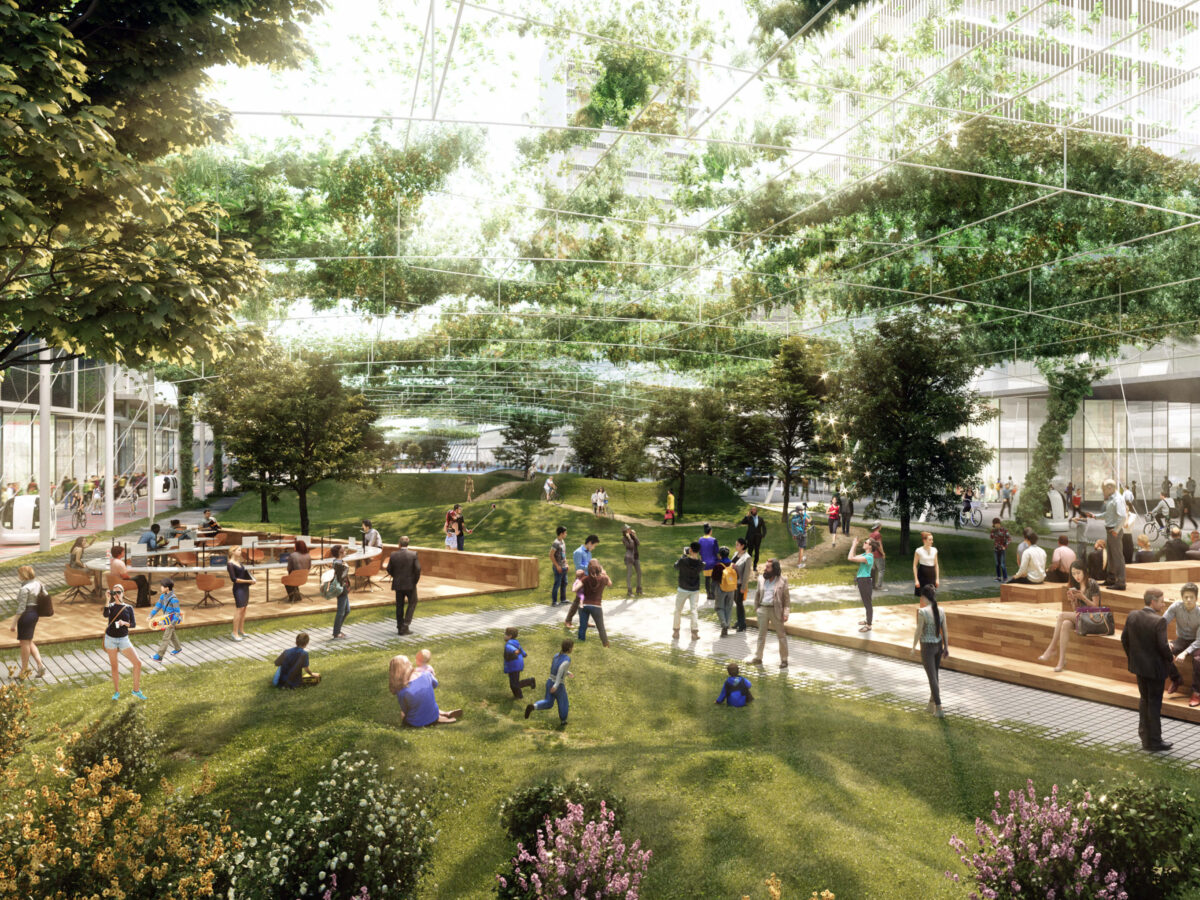
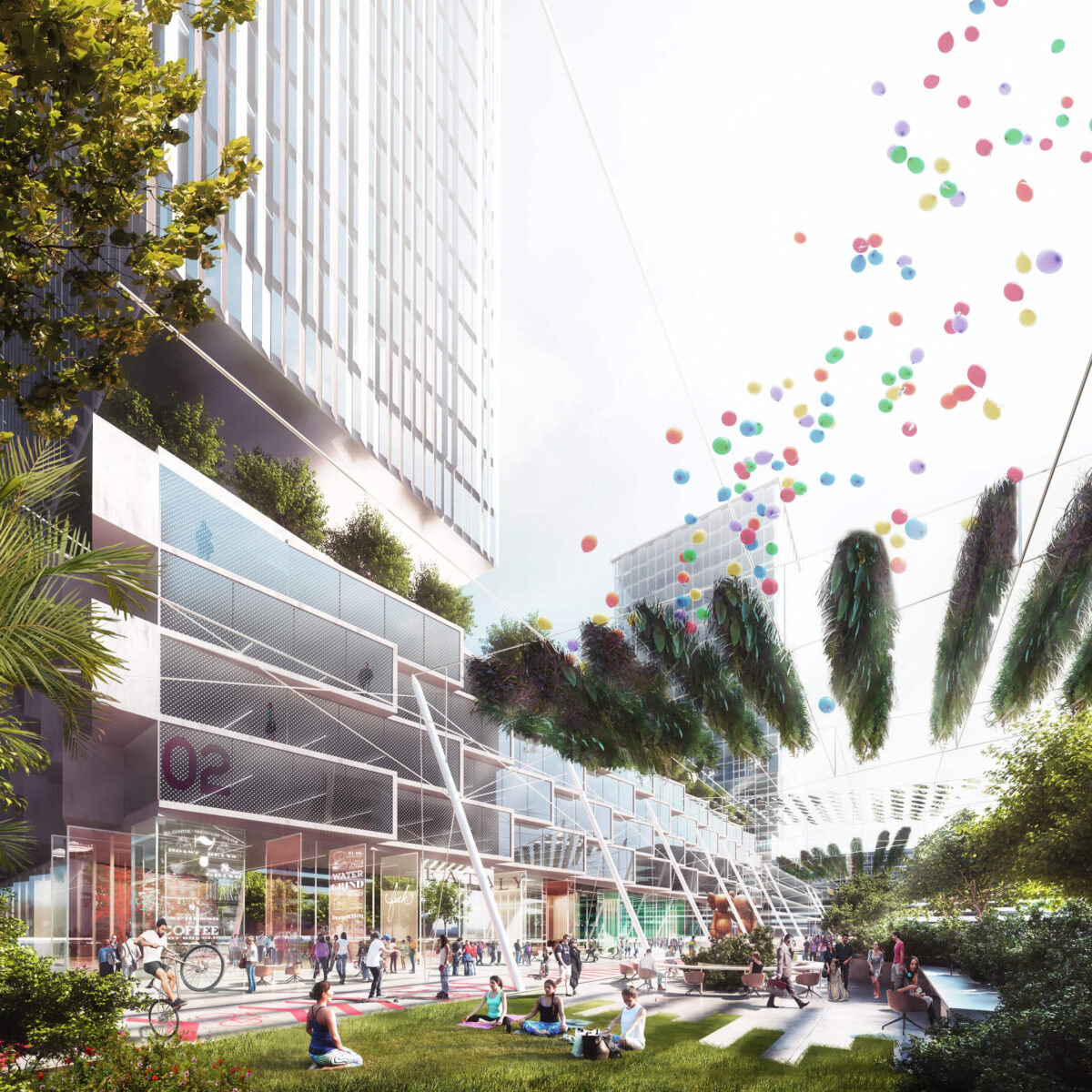
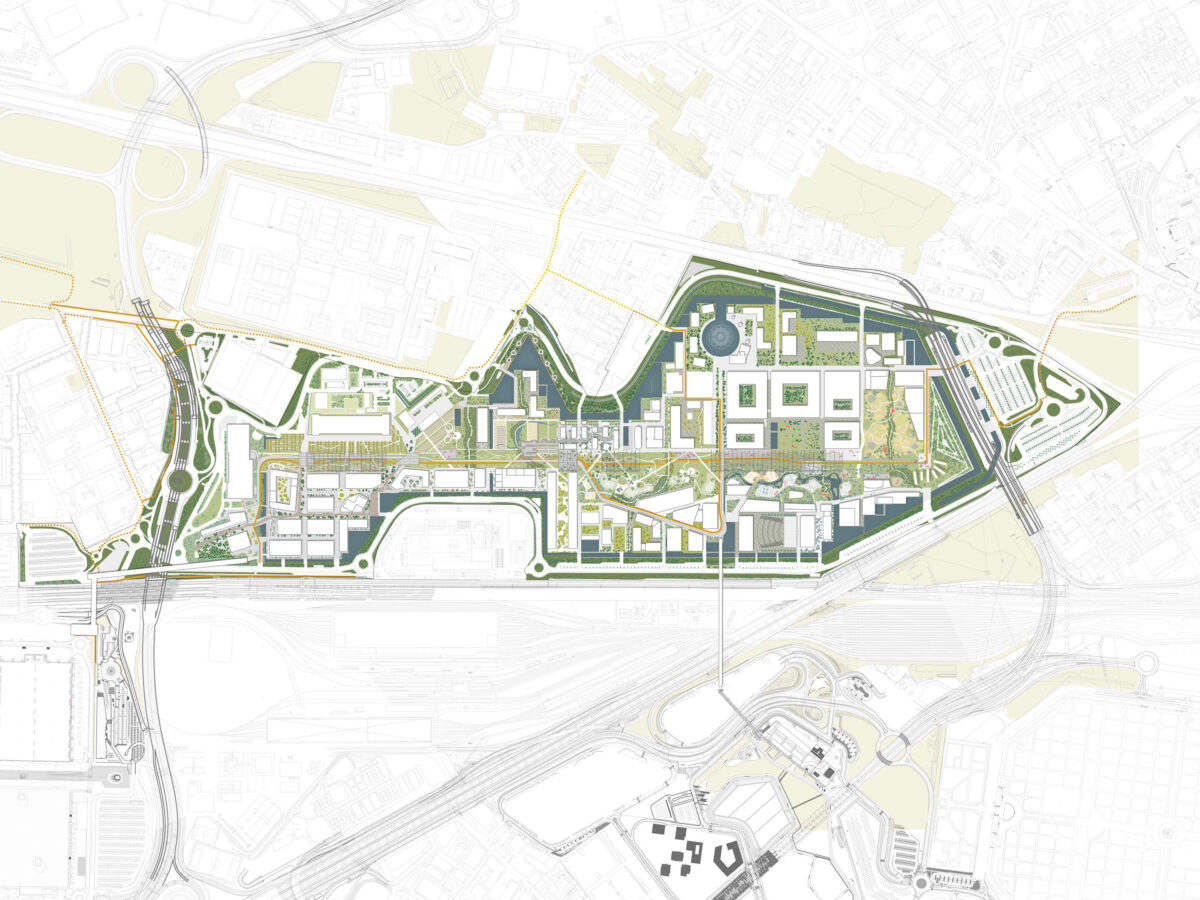
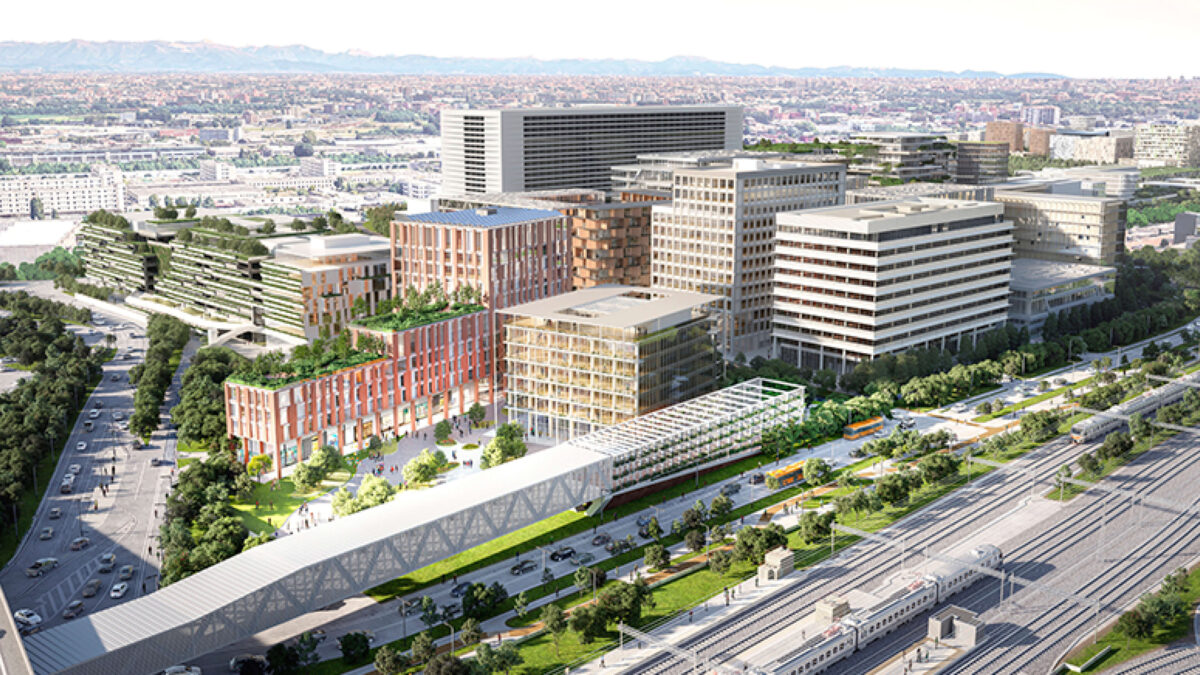
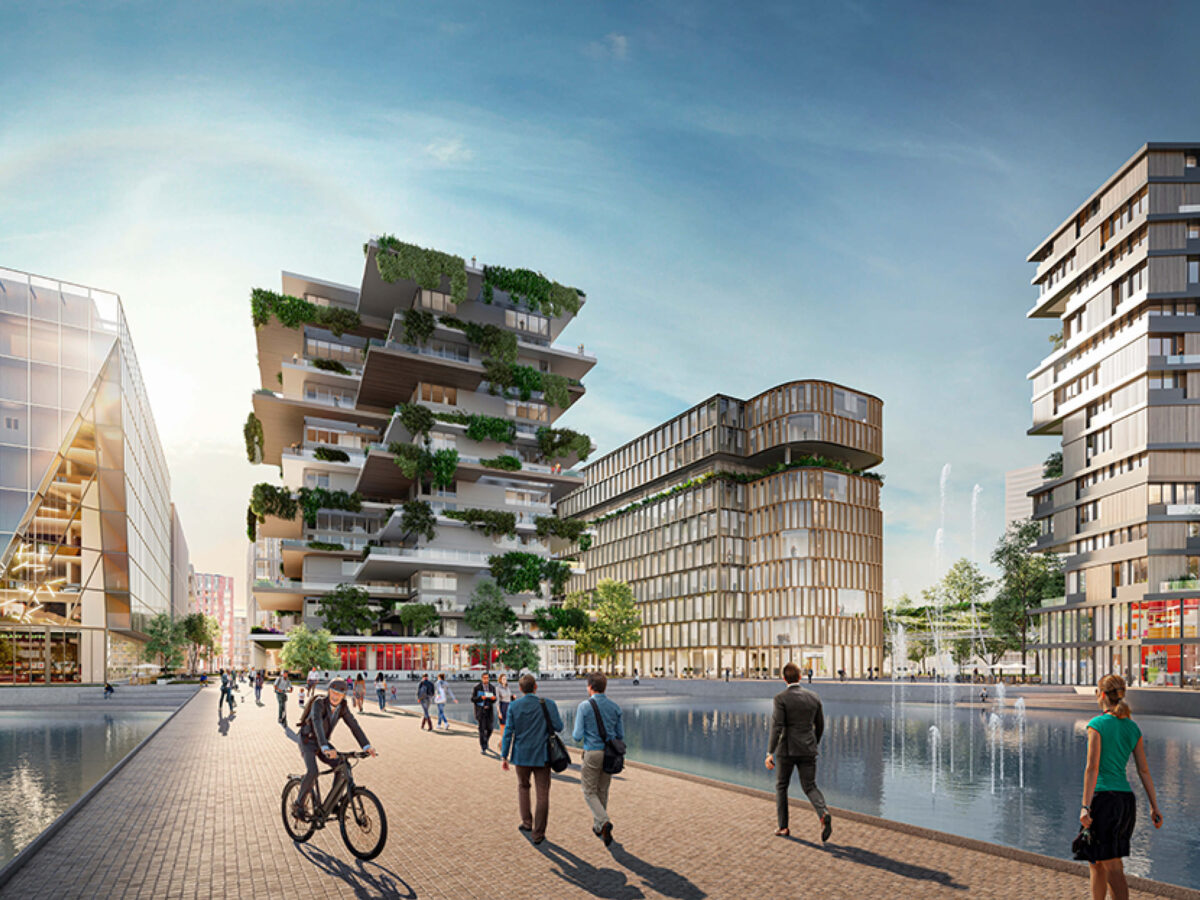
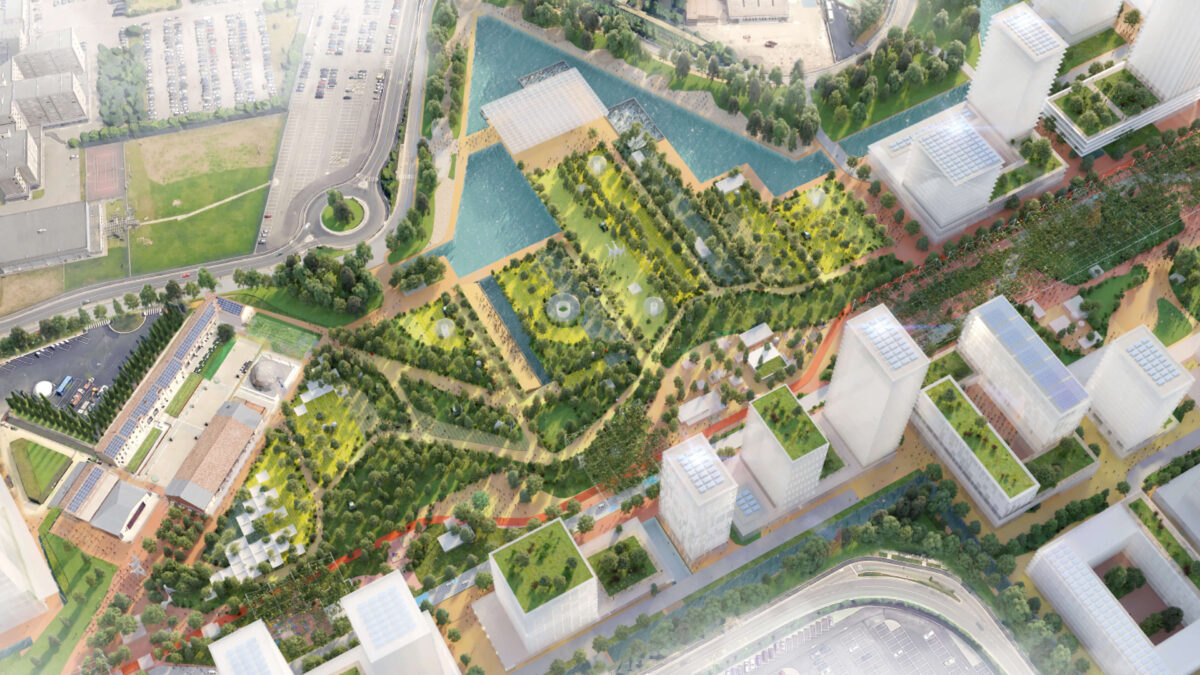
Following the statement “Landscape First!”, MIND’s project is based on principles and strategies that see the landscape as a driving force for generating new urban identities. Transforming the ex-EXPO area into a new Park for Knowledge and Innovation means reconnecting this part of the city with its territory, strengthening physical connections, communities, and a sense of place. The vision for MIND is to define an ecosystem based on science and innovation by bringing together education, research, creativity, and commercial and cultural activities in order to contribute to social, cultural and economic growth. Within the Masterplan, the functions are conceived as districts: the West Gate, the Green Heart, and the Knowledge Hub, which are held together by the principles of Common Ground.
The Expo 2015 site will find new life thanks to the Masterplan of urban regeneration developed by the consortium led by Lendlease. The project involves the construction of a large multifunctional theme park that will develop as an ecological and social infrastructure, composed of a vast network of pedestrian and cycle paths, green islands, water features, new public functions, and an innovative conception of mobility.
There are three main elements on which the open space project is based: Decumano, 1.5 km of the linear park; Cardo transformed into a “water boulevard”; and the vocations of the new landscape: food, health, sport and biodiversity. This new green infrastructure, designed to respond actively to the challenges posed by climate change through nature-based solutions, involves the increase of permeable soils, the planting of 3500 new trees chosen among native species and able to absorb 225,000 kg of Co2 per year, and the inclusion of pollination strips to increase the biodiversity of the site.
